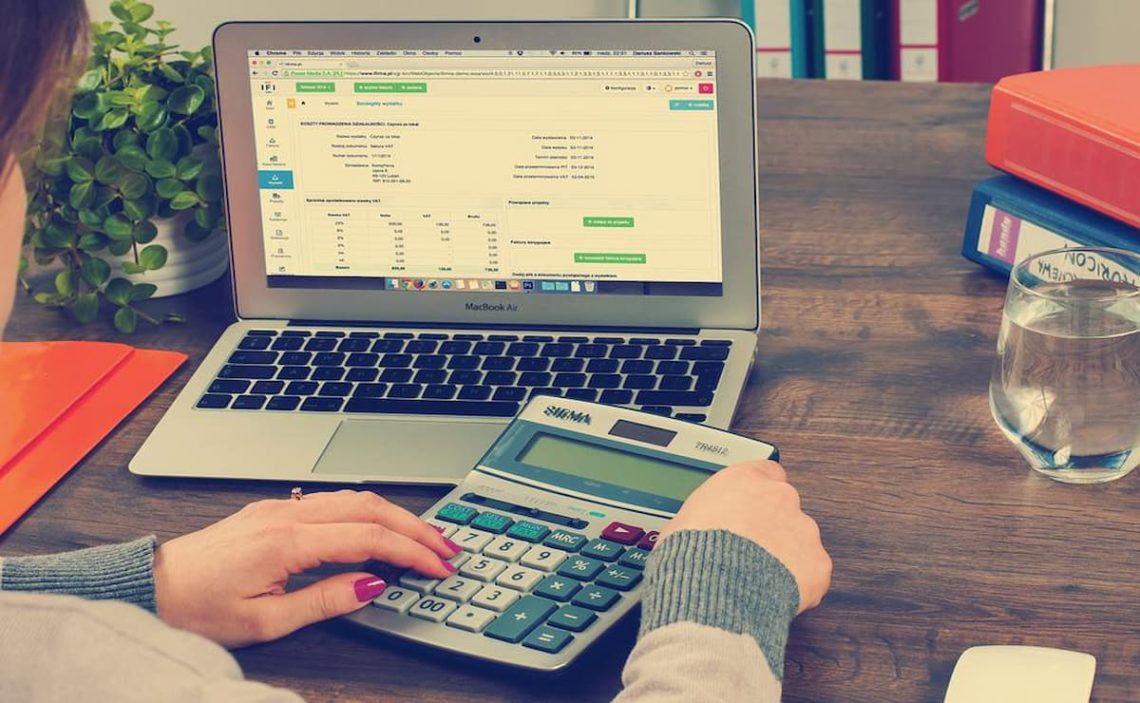Although it is a complicated term, double declining balance depreciation is considered a good idea for pre-saving on possible business expenses. Let’s get a better understanding of what it is and how we can apply this formula to improve finances.
We will have to explain previous concepts such as depreciation and double-declining balance. But, to get a head start, we can say that using the double-declining balance formula is how you can reduce the depreciation process of an asset’s value over time.
This way, advantages such as a higher tax deduction can be applied after an asset purchase. This can be seen in assets such as vehicles, real estate, or equipment: in short, acquisitions that may be necessary for the development of the productive activity of the company.
Depreciation
Explaining what depreciation is is relatively simple. If we apply it to life as an example, we can say that it is the loss of value due to a product or asset’s use or the passage of time.
If we apply it in the tax field, depreciation could be understood as the write-off of the value of an asset over different tax years. This act is reported on IRS Form 4562.
There are different ways to do this. One would be the double-declining balance method of depreciation. This method is also called accelerated depreciation.
The double-declining balance – how to understand it?
The best way to understand how the double-declining balance works are to compare it to the most common method of depreciation: the so-called straight-line method.
In a straight-line method, the same amount of depreciation is written off every year. For example, if an asset costs $10,000, you can write off $1,000 annually over ten years. This way, the annual depreciation cost is constant and does not change.
However, in a double-declining balance method of depreciation, it will be during the first few years of the asset’s life that more depreciation expense is incurred. That translates into higher depreciation expense at the beginning and much lower at the end. It does not remain stable.
What is the formula for calculating the double-declining balance?
Calculating a double declining balance is not complex, although it requires some considerations.
It would consist of multiplying two times the basic depreciation rate by the book value.
Therefore, the first thing we should do is calculate the base depreciation rate. Remember, this would be the depreciation applied when using the straight-line method. We simply divide the asset’s cost by the recovery period to obtain it.
The recovery period is considered to be the useful life of an asset. The cost of the active is the price paid for it.
When we divide these concepts, we obtain the basic annual depreciation rate. If we continue with the previous example, $10,000 divided by ten years will give us a yearly depreciation rate of $1,000.
If we want to calculate the basic depreciation rate, we can apply two formats:
- Divide the basic annual write-off by the asset’s cost: 1000/10,000 = 0.1.
- Multiply the result by 100 to obtain a percentage of 0.1x 100= 10%.
That would give us the straight-line depreciation rate, which, in this case, would be 0.1 or 10%.
The next step would be to calculate the book value. The book value reflects the decreasing amount subtracted from the balance sheet as depreciation is written off. The cost price is the book value when you buy the asset to see it more clearly. As you decrease the amounts over time, the figure is subtracted from the book value.
Why is double-declining balance used?
Although several advantages are attributed to this way of reflecting depreciation, the most important one is that it can even eliminate maintenance costs.
We must think that many assets will require higher maintenance costs over time—for example, a fleet of vehicles. Maintenance can be tax-deductible. By applying double declining-balance depreciation, we can obtain a higher tax deduction during the first years when we are not using a deduction for the fleet’s maintenance costs.
In this way, as time goes by, when we write off less asset value, we can still benefit from the tax deduction that will then be applied to the maintenance.
Another interesting aspect is that it can help reduce tax liabilities. We understand this when we know certain assets will generate more money after their purchase than others. For example, imagine a product that will produce less and less due to wear and tear over time.
Since you have to pay taxes on the income, the tax liability can be reduced if you initially write off the asset’s cost by impacting its depreciation. As time goes by, you deduct less from the investment’s value and pay less so you achieve a certain balance.
Are there drawbacks to double depreciation?
Yes, there are also some disadvantages that you should consider about this formula. The first one is obvious, as you need to make calculations and apply a mathematical method. As basic as it is, it requires a dedication that is not so important in the straight-line method.
In fact, it is common for this to be applied through the external services of accounting professionals.
On the other hand, another factor to remember is that predicting your income can be complicated. Balance sheets are not balanced when you apply a double-balancing method. For example, depreciation each year will affect your cash flow. That can make predicting the evolution of your company’s income more complicated.
On the other hand, it is also not considered a great tool for companies with some future instability. Remember that the tax bill may increase in the future as it is conceived as a way to save in the short and medium-term. Perhaps you will need to economize on taxes in the future, and the application of double depreciation will affect you in this regard.


